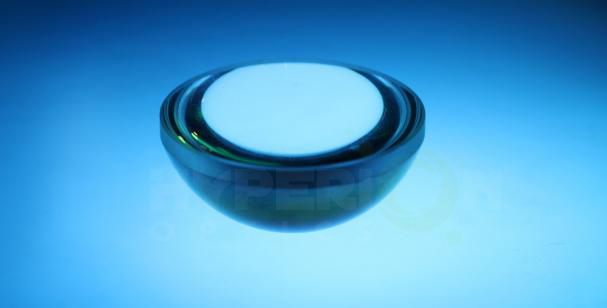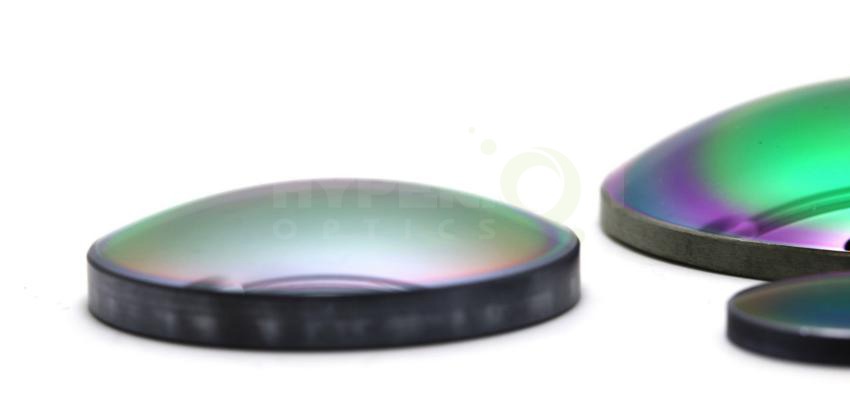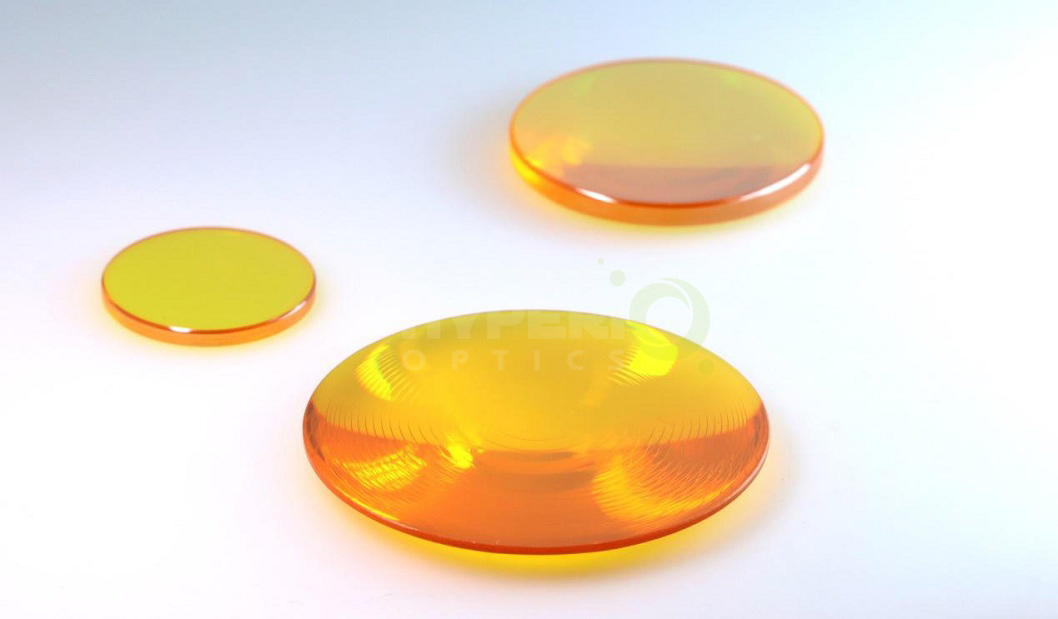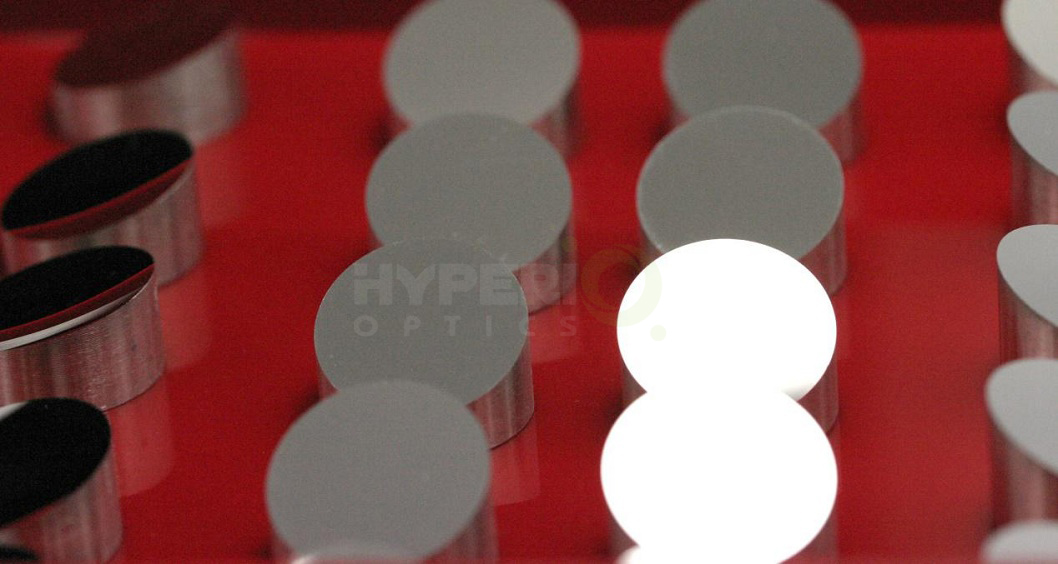Aspherical Lenses
Hyperion Optics’ manufacturing equipment expand our aspherical products’ deliverability to LWIR applications, from high precision VIS imaging systems to infrared athermal lenses, we are able to process on optical glasses and infrared materials such as Germanium, Zinc Sulfide, Zinc Selenide, Calcium Fluoride, Chacolgenide glasses etc.
We insist to simulate every aspherical equation and specs from customer’s inquiry to make sure we are capable of delivery, and provide suggestions based on our study and understanding. For complicated design, we are willing to run trial test on H-K9 glass to verify your design’s feasibility, with profiler map provided for customer’s reference.
Our aspherical lenses manufacturing cost also assists our customers to use aspherical surfaces in their design to achieve better system performance or compactable goal, meanwhile keep pricing competency in the market.
We are able to work on optics LRIP project (low ratio initial production) , such as 5-10 pieces for optical feasibility study, to volume 200 pieces to 500 pieces production. Let us know your delivery plan; we can work on precise part dispatch planning.
Asphere Lenses

Due to the more complex surface profile of asphere which significantly reduces or eliminate optical aberrations as compared to the simple lens, Aspheric lenses have at least one surface that is not a true sphere,It has been more widely exploited in the lens optical design stage.
IR Asphere Lenses

At Hyperion Optics, we work with various infrared materials. Besides spherical parts, with increasing demand of IR aspheric components, designers are more likely to use aspheric parts in LIRP projects to meet relatively reliable performance meanwhile to decrease the element quantity within the system. Our aspheric component manufacturing capability covers 0.8 micron up to 12 micron for your infrared application from combination of materials needed in order to achieve your application expectation.
Diffractive Optical Elements

Diffractive optical elements (DOEs) shape and split laser beams in an energy-efficient manner. You can implement a broad range of applications with minimal light loss – examples of diffractive micro optics can be found in production facilities for laser material processing, in medical laser treatments and diagnostic instruments, in areas such as lighting, printing technologies, and lithography as well as in measuring and metrology systems. DOEs are used to pattern light in work areas for custom illumination. Hyperion Optics offers DOEs for all wavelengths across the spectrum.
Parabolic Mirrors

Parabolic reflectors are used to collect energy from a distant source (for example sound waves or incoming star light). Since the principles of reflection are reversible, parabolic reflectors can also be used to focus radiation from an isotropic source into a narrow beam. In optics, parabolic mirrors are used to gather light in reflecting telescopes and solar furnaces, and project a beam of light in flashlights, searchlights, stage spotlights, and car headlights. In radio, parabolic antennas are used to radiate a narrow beam of radio waves for point-to-point communications in satellite dishes and microwave relay stations, and to locate aircraft, ships, and vehicles in radar sets. In acoustics, parabolic microphones are used to record faraway sounds such as bird calls, in sports reporting, and to eavesdrop on private conversations in espionage and law enforcement.
Labels: Asphere Lenses, Aspherical Lenses, custom lenses, Hyperion Optics, lens, lens optical design, optic china

0 Comments:
Post a Comment
Subscribe to Post Comments [Atom]
<< Home